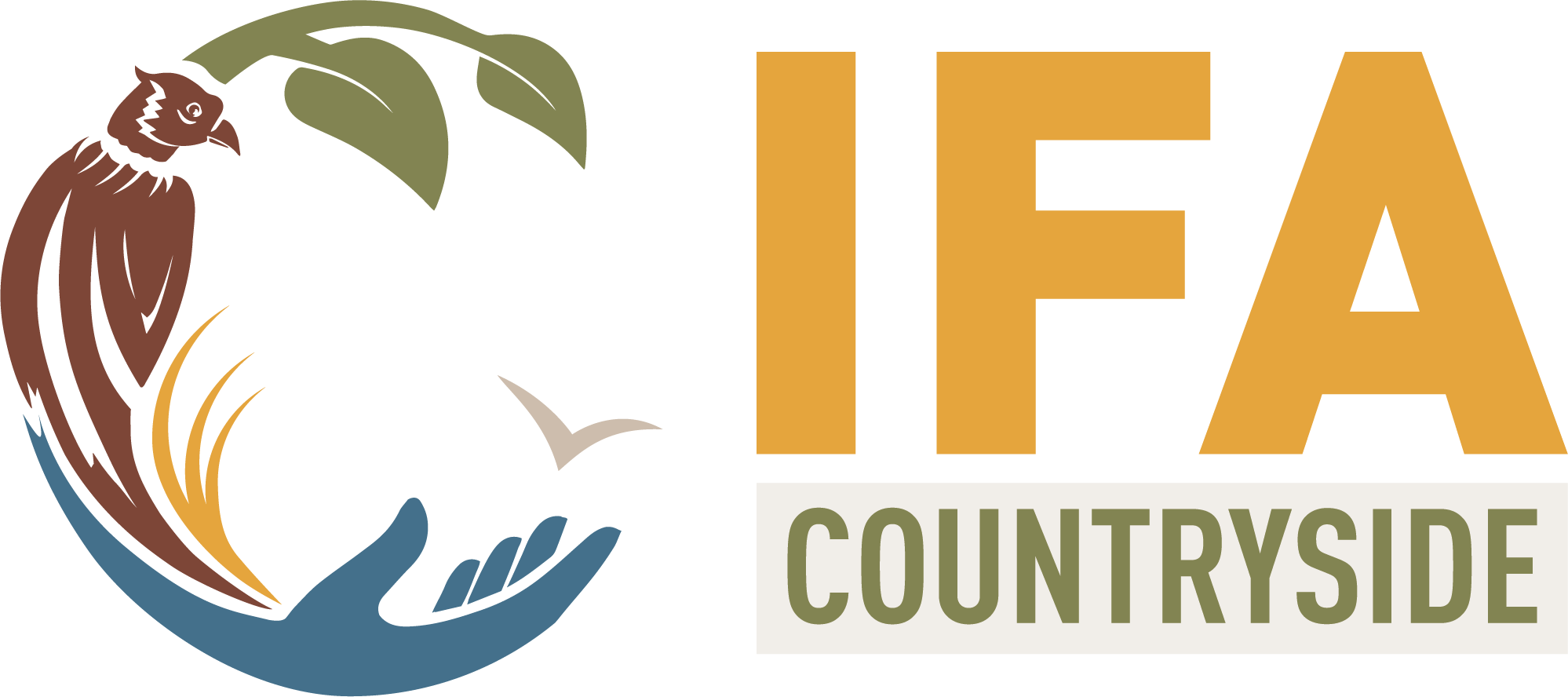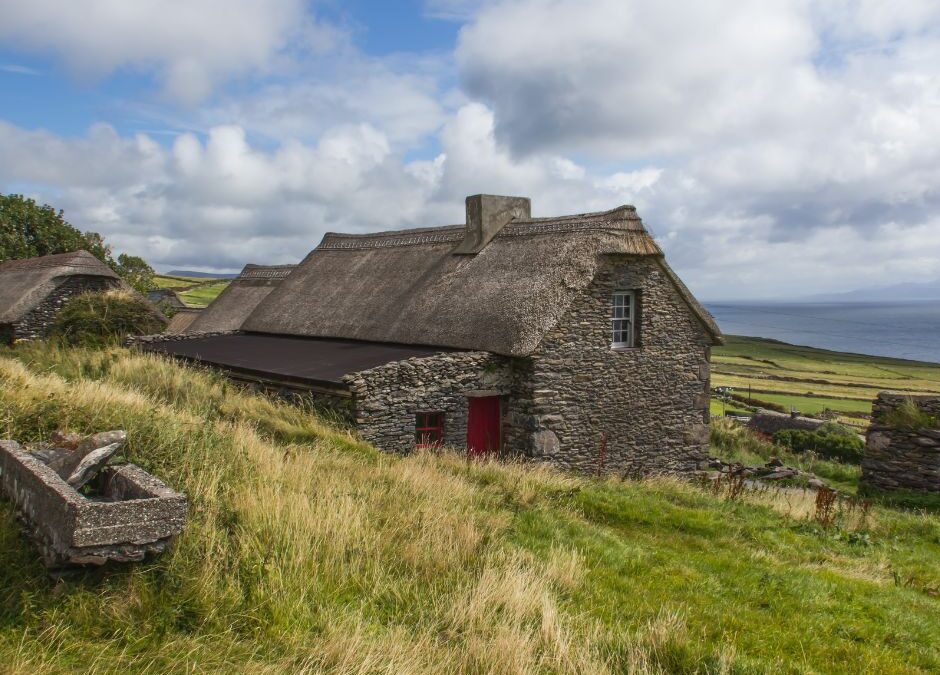
by Barbara Killeen | Mar 12, 2025 | countryside, Grants, Heritage, Rural Development
Grants of up to €5,000 available to cover expert conservation advice Scheme aimed at those availing of or considering the Vacant Property Refurbishment Grant Minister of State for Nature, Heritage and Biodiversity, Christopher O’Sullivan, has today opened applications...

by Barbara Killeen | Feb 19, 2025 | countryside
The Irish countryside is calling once again as IFA Countryside proudly launches its annual photography competition, “Nature Through the Lens 2025”. This highly anticipated competition invites photographers of all skill levels to capture the breathtaking...
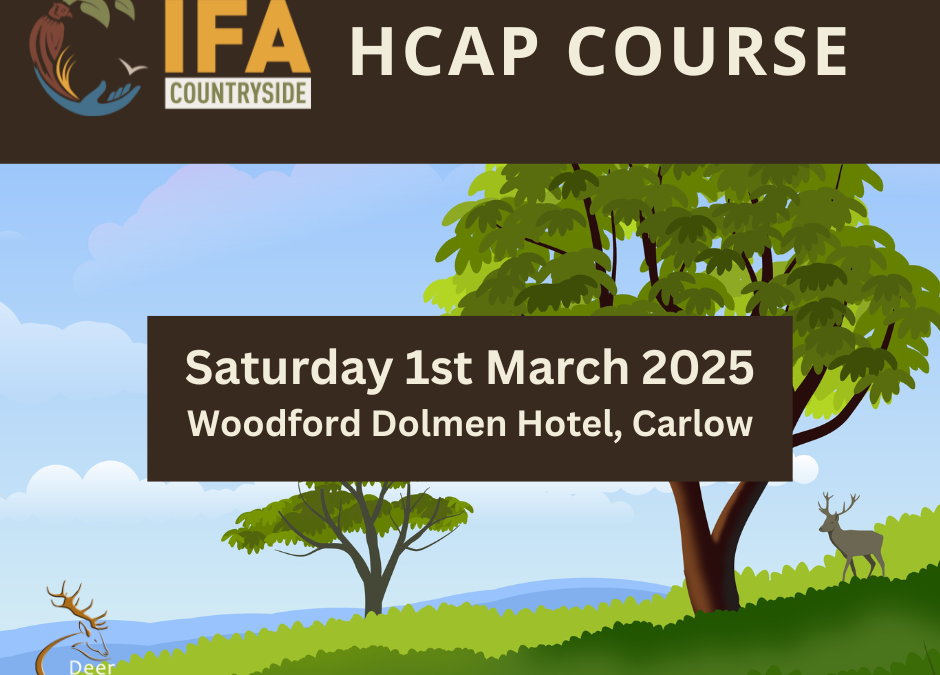
by Barbara Killeen | Jan 15, 2025 | countryside, Deer, Deer Hunting, DEER STALKING, HCAP, NPWS, Open Seasons, Training, wildlife management
Attention all deer stalking enthusiasts! Are you looking to enhance your skills and knowledge in deer stalking and gain recognized certification in the process? Look no further! Our upcoming HCAP Training Workshop is precisely what you need to elevate your hunting...
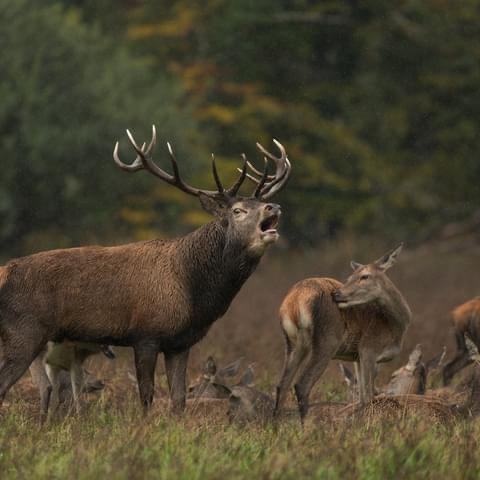
by ifacountryside | Oct 10, 2024 | countryside, Deer, Deer Hunting
It is autumn and, in our forests, and across our mountains, tensions are rising as the rutting or deer breeding season gets under way, the time of the year when male deer are driven by an urge to reproduce. From late September until early November the clash of antlers...
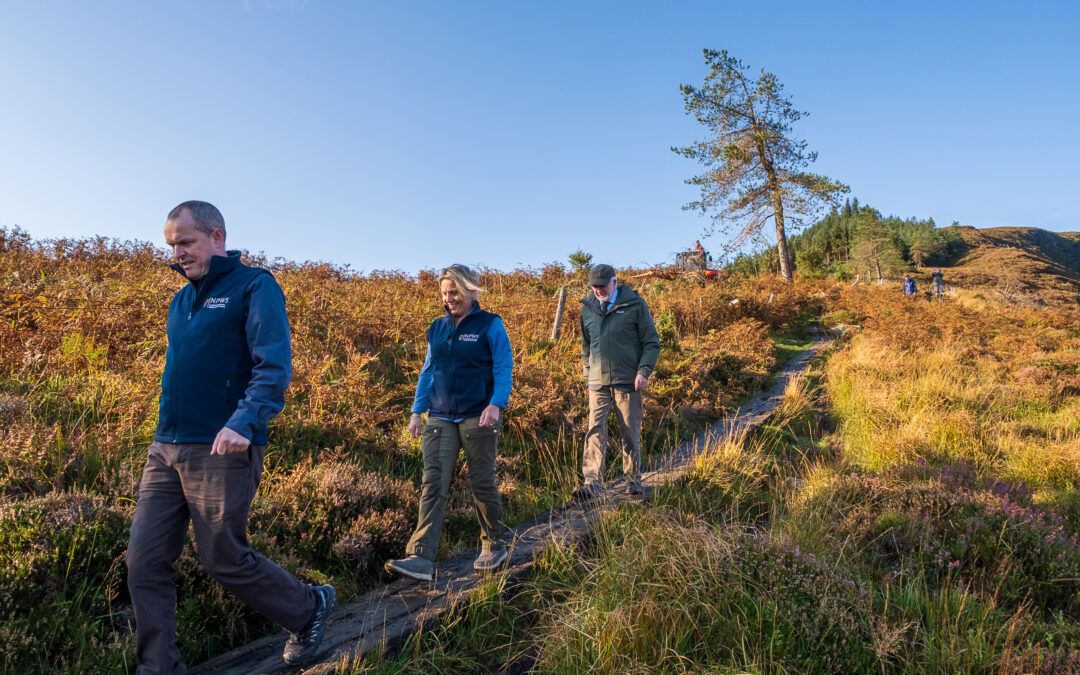
by Barbara Killeen | Oct 10, 2024 | Biodiversity, Conservation, countryside, Nature, NPWS
‘Your Parks, Your Say’ is the first phase of a national conversation to inform the definition, purpose and management of our National Parks Stakeholders and members of the public are encouraged to have their say across a range of topics including biodiversity...

by ifacountryside | Aug 15, 2024 | Biodiversity, Conservation, countryside, Habitats, Nature, NPWS, Open Seasons, wildlife management
Public Consultation on Wildlife Legislation open from 27 June to 13 September 2024 Upcoming review will include Wildlife Act, European Communities (Birds and Natural Habitats) Regulations 2011 and associated regulations Consultation is the first step in a wide...







